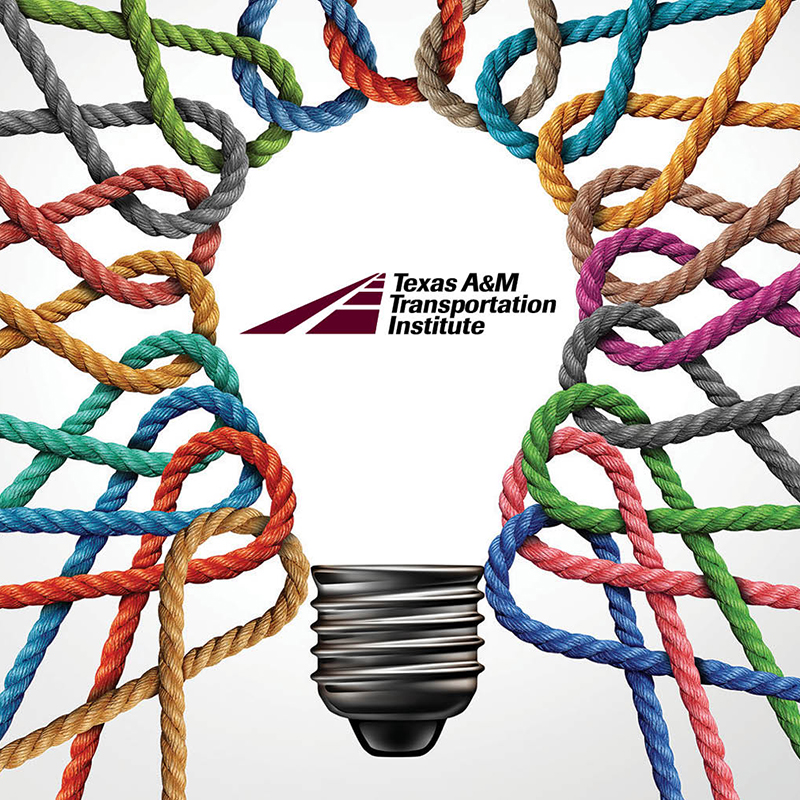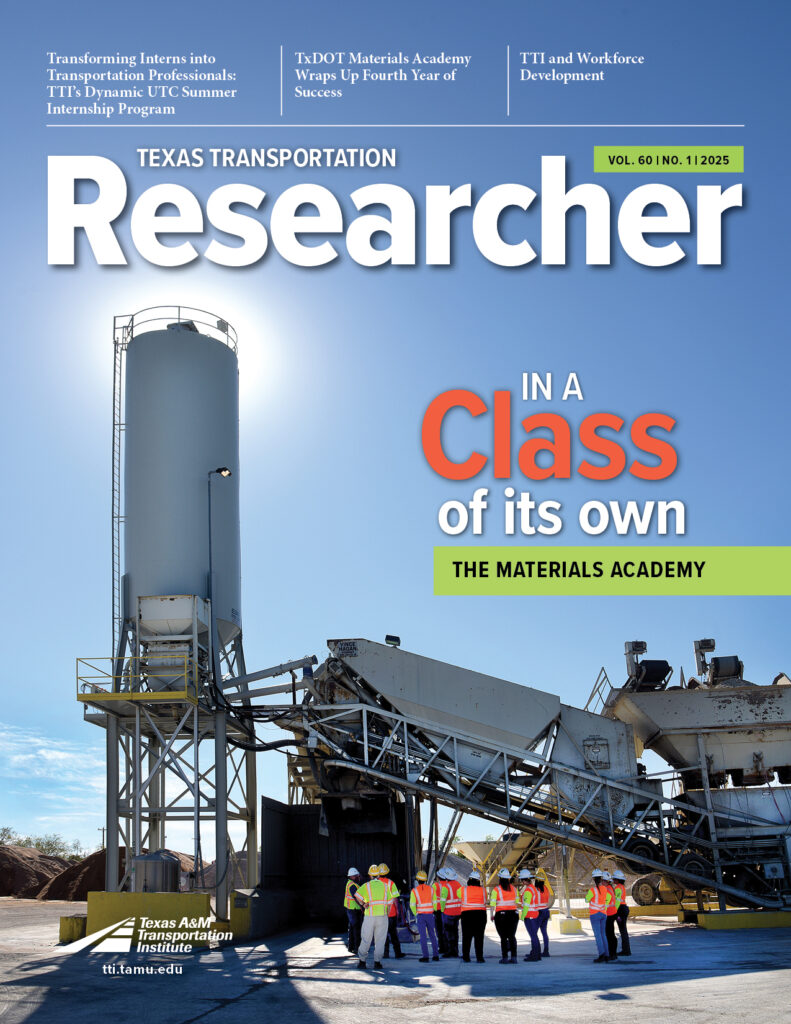Overcoming Barriers: Motorcycle Roadside Safety
FROM VOLUME 59, NUMBER 2 (2023)


FROM VOLUME 59,
NUMBER 2 (2023)
The problem-solving tasks that we face are frequently enormous in both scale and significance; the places where we pursue that work must be equally ambitious. And so they are.
We are understandably proud of our research facilities, but we are at the same time keenly aware of how those places would be mere shells without the talent and commitment of the people who labor within them each day.
The same is true of so many other fields.
Consider, for instance, the grandeur of Carnegie Hall. It’s an architectural masterpiece — a hallowed venue that seeks to reach vast audiences through the transformative power of music. But without the masters who deliver that music, the facility is nothing more than an opulent arena taking up space and serving little useful purpose at a busy Manhattan intersection.
Consider also the greenhouses at Texas A&M University. Tens of thousands of square feet of experiment-ready testing space offer testament to the school’s earliest days as an epicenter of agricultural discovery. Without the scientists and technicians who nurture and bring improvement to what evolves there, these spaces would be mere hulking carcasses.
And just so we have a transportation example, let’s consider the space shuttle. Mere words fail in any attempt to adequately describe the brilliant scientific supremacy or the immense power of this craft, weighing more than 4 million pounds and capable of speeds beyond 17,000 miles per hour. But where would it go without human involvement? I speak not only of those who pilot the shuttle but also the scores of professionals who staff the control base to ensure that the mission is safe, or spring into crisis mode when it’s suddenly not.
I think Luther Vandross had it right when he sang, “A chair is still a chair, even when there’s no one sittin’ there, but a chair is not a house, and a house is not a home.”

